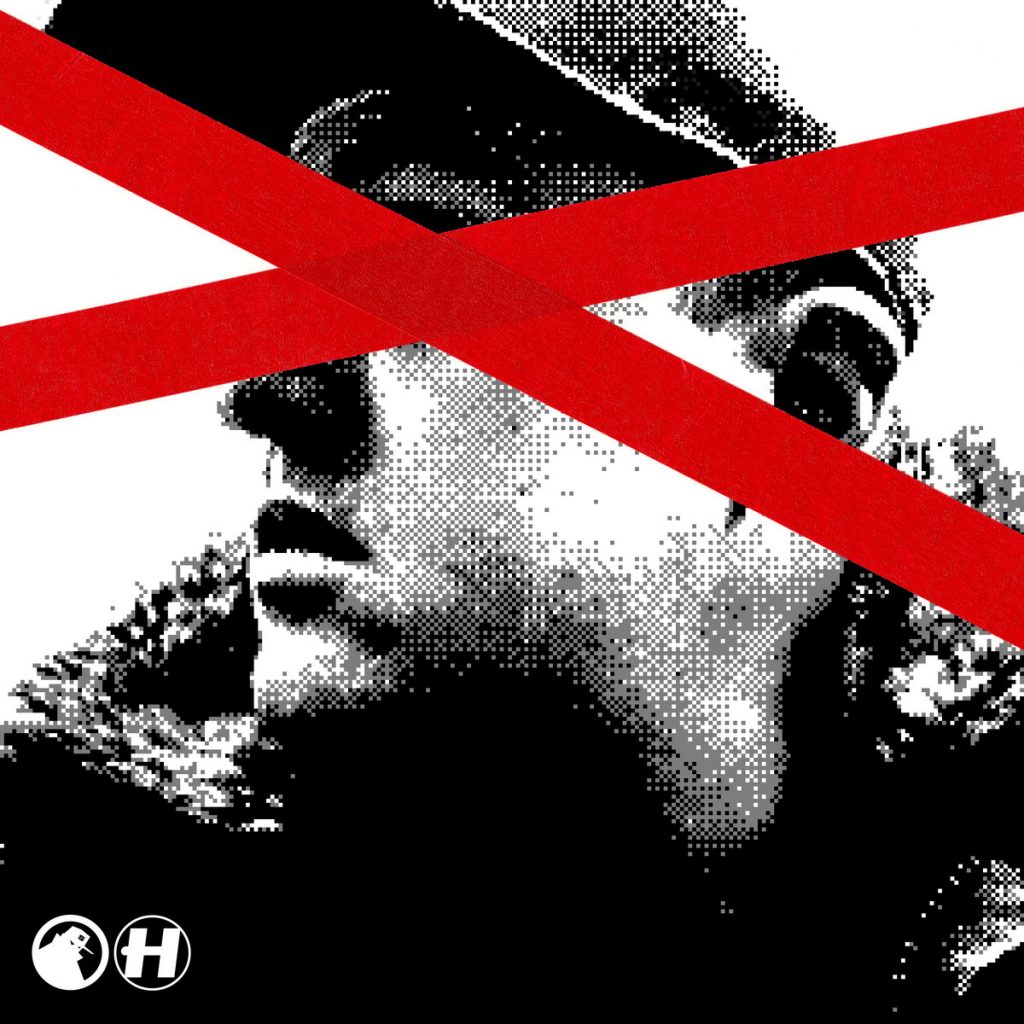


“It was like a youth club,” says Fabio, describing Music House’s roots as the go-to for sound systems morphed into it becoming the centre of the nascent jungle scene, his generation’s “modern take on ’70s and ’80s reggae”. When long-time cutting engineer Leon Chue passed away in 2020, heartfelt condolences online gave some sense of his huge influence, while a video from Reinforced’s DJ Tee Bone gave a glimpse of him at the controls. Located in Tottenham Hale, North London after previously being on Holloway Road, it’s a place steeped in history, turning out dubplates since 1985. While Channel One have used various cutting houses - studios with the equipment and expertise to cut onto acetate (actually an aluminium disc coated with nitrocellulose lacquer) - a constant has been Music House. “Moving with the times doesn’t always make a sound system sound better. Continuing to cut dubs “up to this week”, Mikey says they’re an integral part of Channel One’s analogue sound. “Only you and one or two other sounds have it.” This could be an instrumental, but dubplate specials were tracks featuring vocals specifically about a sound system, a secret weapon when engaging in a soundclash. “They’re exclusives,” explains Channel One selector Mikey Dread, who’s been cutting dubplates since 1980, of how acetate discs were used to make special tracks for select DJs. But their spirit continued.Īnd with the advent of lathe cuts in the 2000s, which use plastic discs instead of the traditional acetate, a new generation is utilising them. As the digital era removed the need for a physical medium, dubplates largely faded back to their sound system roots. An integral part of reggae, jungle/drum & bass, UK garage, grime and dubstep, cutting houses where dubplates were produced - such as JTS, Music House and Transition - fostered musical communities, cross-pollinating scenes and driving innovation through competition and collaboration. “I didn’t realise, but I was spending two and a half to three grand each month to make sure we had all brand-new shit.”īorn out of Jamaican sound system culture, and imported to the UK by the likes of legendary sound system Sir Coxsone Sound, the dubplate became the backbone of UK dance culture. “‘The amount you’re spending, you could have bought a million pound house’,” he says, still a little incredulous. It was the peak of the duo’s weekly Radio 1 residency in the early 2000s and they were cutting two hours of fresh dubplates each week. My accountant called me one day and said, ‘You’re going to have to slow down your music purchasing’,” recalls Fabio, one half of drum & bass pioneers Fabio & Grooverider.
#DUBPLATE RECORDS HOW TO#
You can also read our feature where 10 DJs select their most treasured dubplates, and also find out how to survive as a record store in 2023 This feature is part of our Record Store Day content series.


 0 kommentar(er)
0 kommentar(er)
